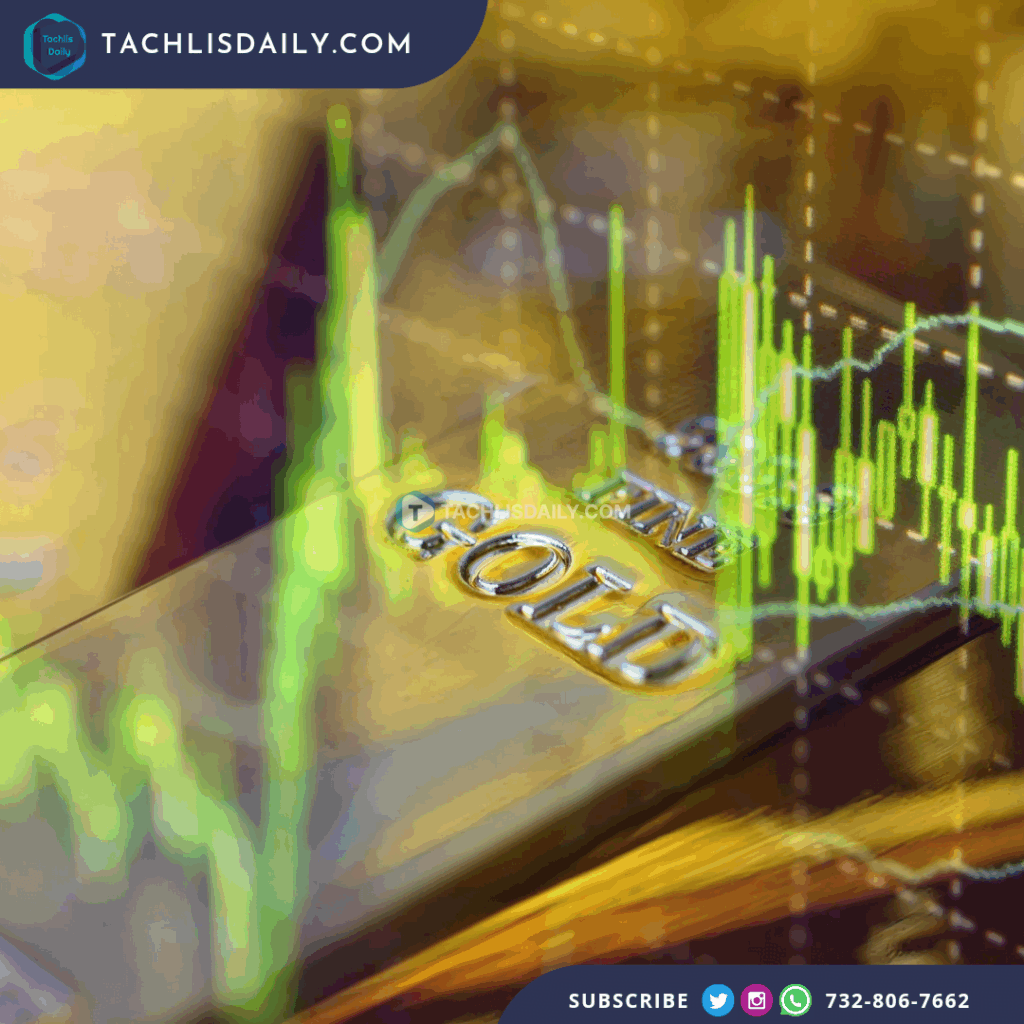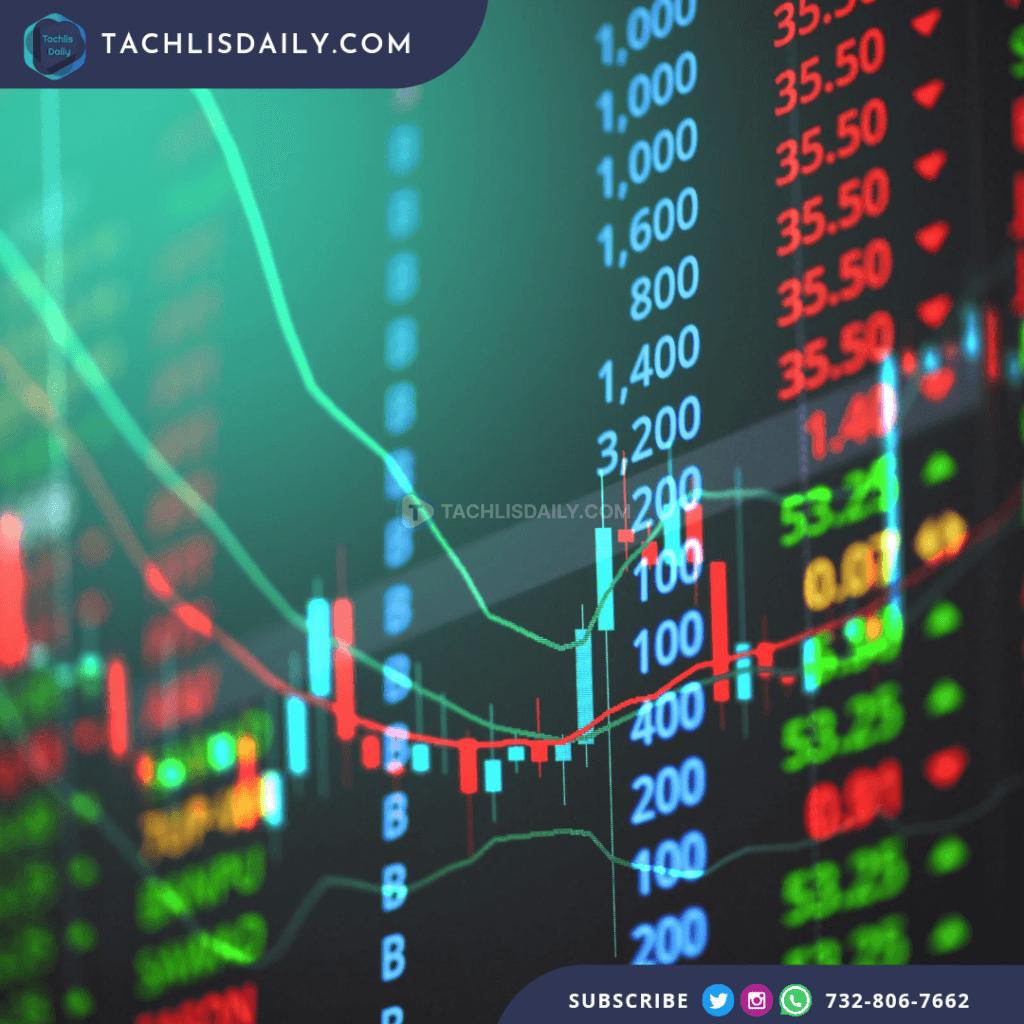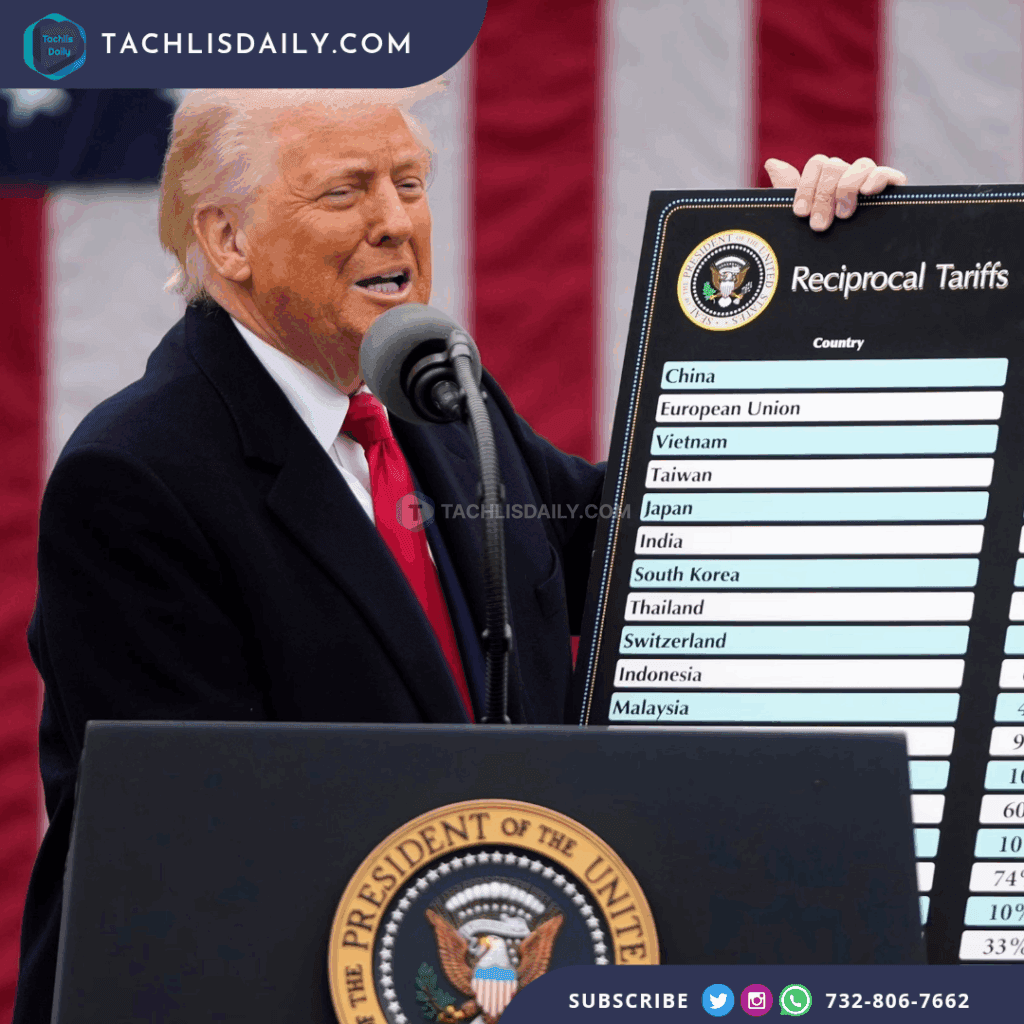For the first time ever, a single gold bar weighing 400 troy ounces has reached a value of $1 million, driven by a significant surge in gold prices. The price of gold has seen a sharp increase, climbing above $2,500 per troy ounce and setting new records in the market. On Friday, spot gold recorded its first price above $2,500 per ounce, and by Tuesday morning, London’s gold price benchmark reached an all-time high of $2,521.55 per ounce, according to the London Bullion Market Association.
This historic rise in gold prices is the result of various factors, including geopolitical tensions, inflation concerns, and shifts in interest rate expectations. A report from JPMorgan highlighted these issues, projecting that gold could see average prices of $2,600 per ounce by the end of 2025. The report also noted that the upward trend in gold prices is expected to continue, with potential for even higher prices in the near future.
The recent surge in gold prices has also been mirrored by gains in other precious metals. Spot silver, for example, rose 1.3% to $29.87 per ounce, while platinum and palladium saw increases of 1.2% and 1.4%, respectively. These trends reflect broader market movements and underline the ongoing demand for precious metals as safe-haven assets during times of economic uncertainty.
As investors and markets respond to these developments, the future of gold prices remains a topic of intense speculation. With global economic conditions remaining volatile, gold’s role as a hedge against inflation and geopolitical risks is likely to keep it at the forefront of investor interest. JPMorgan’s forecast suggests that while the market may see fluctuations, the overall trajectory for gold is upward, driven by a complex mix of factors that show no signs of abating.












